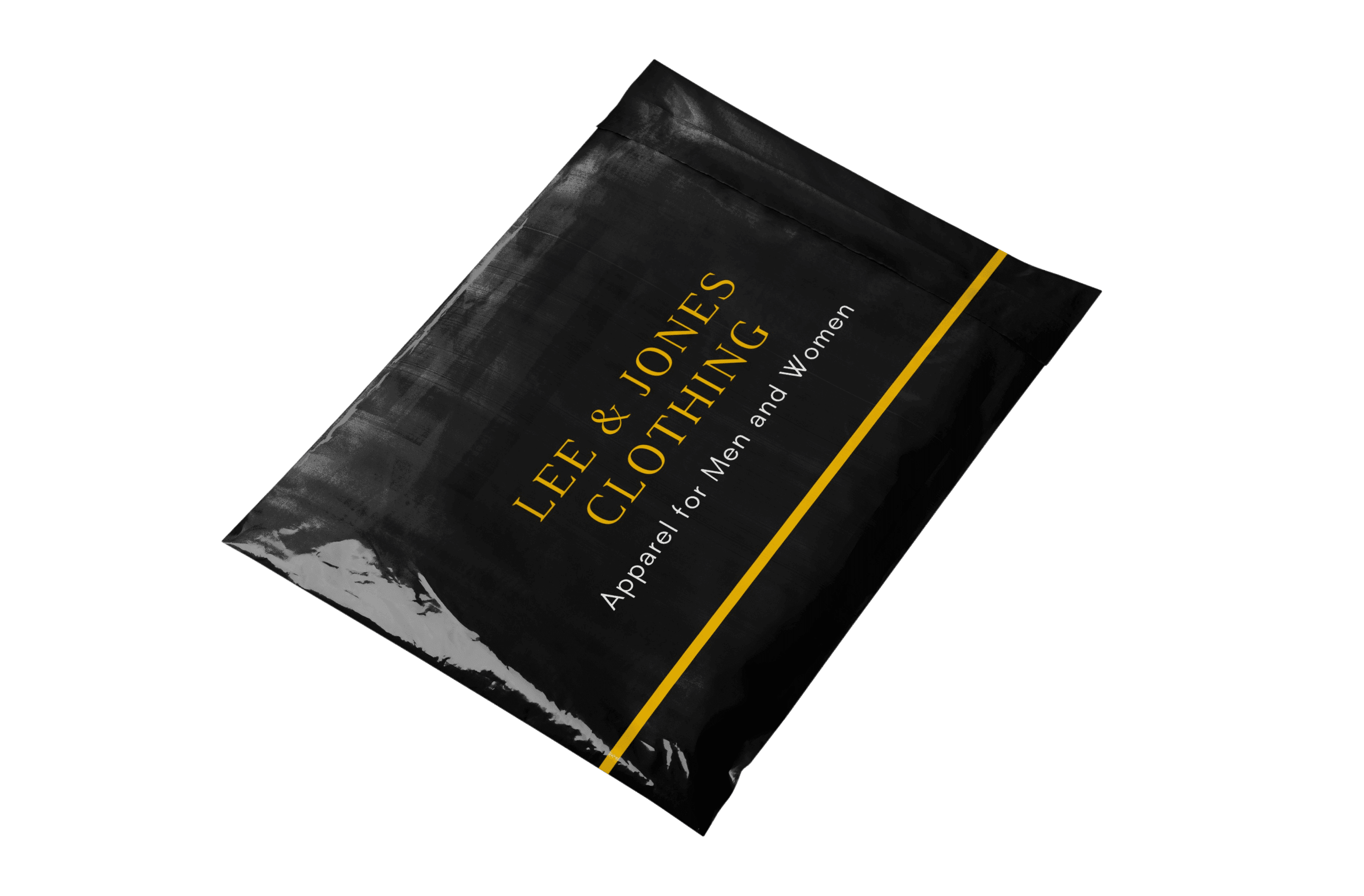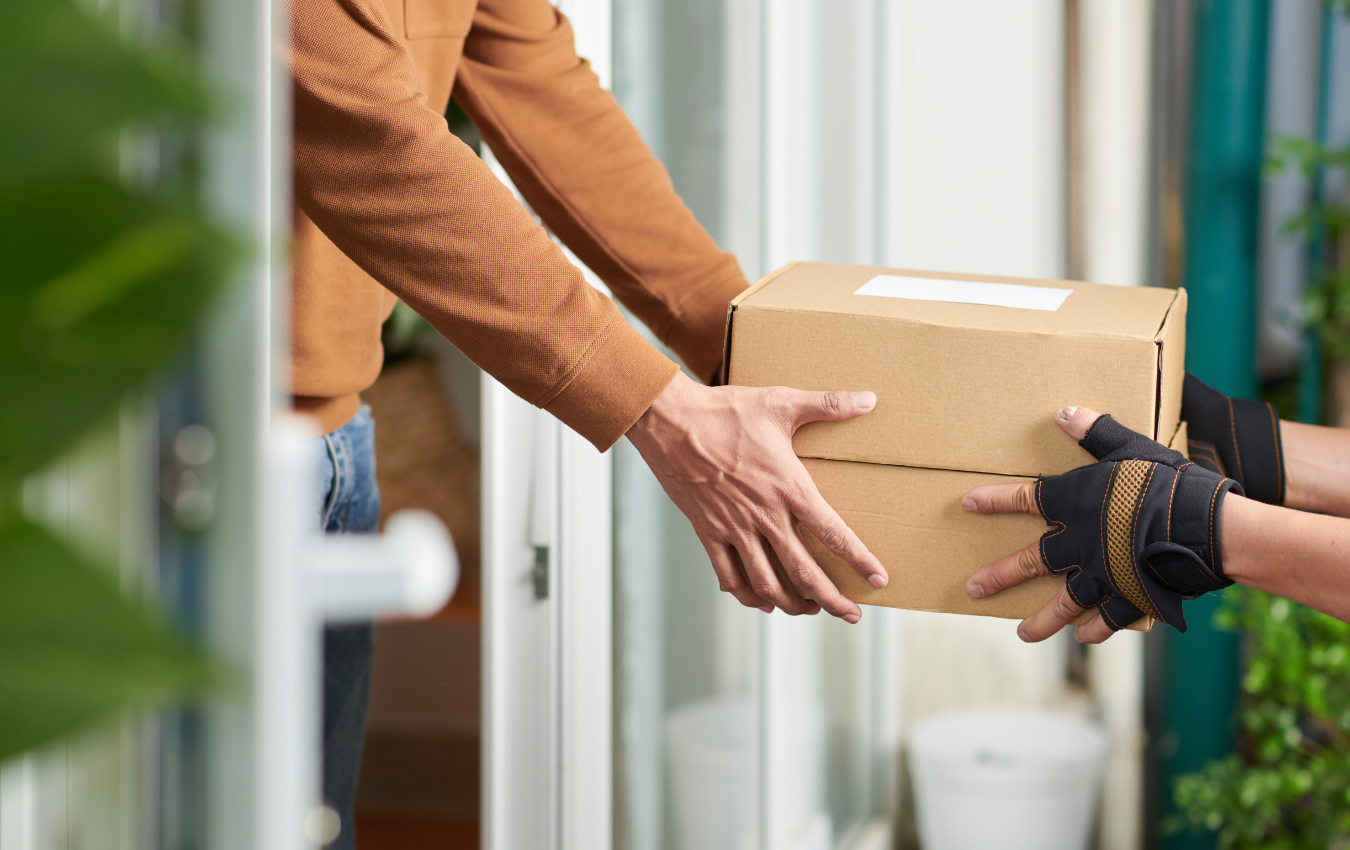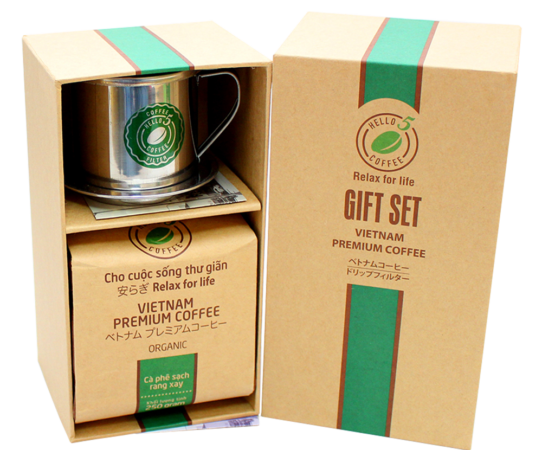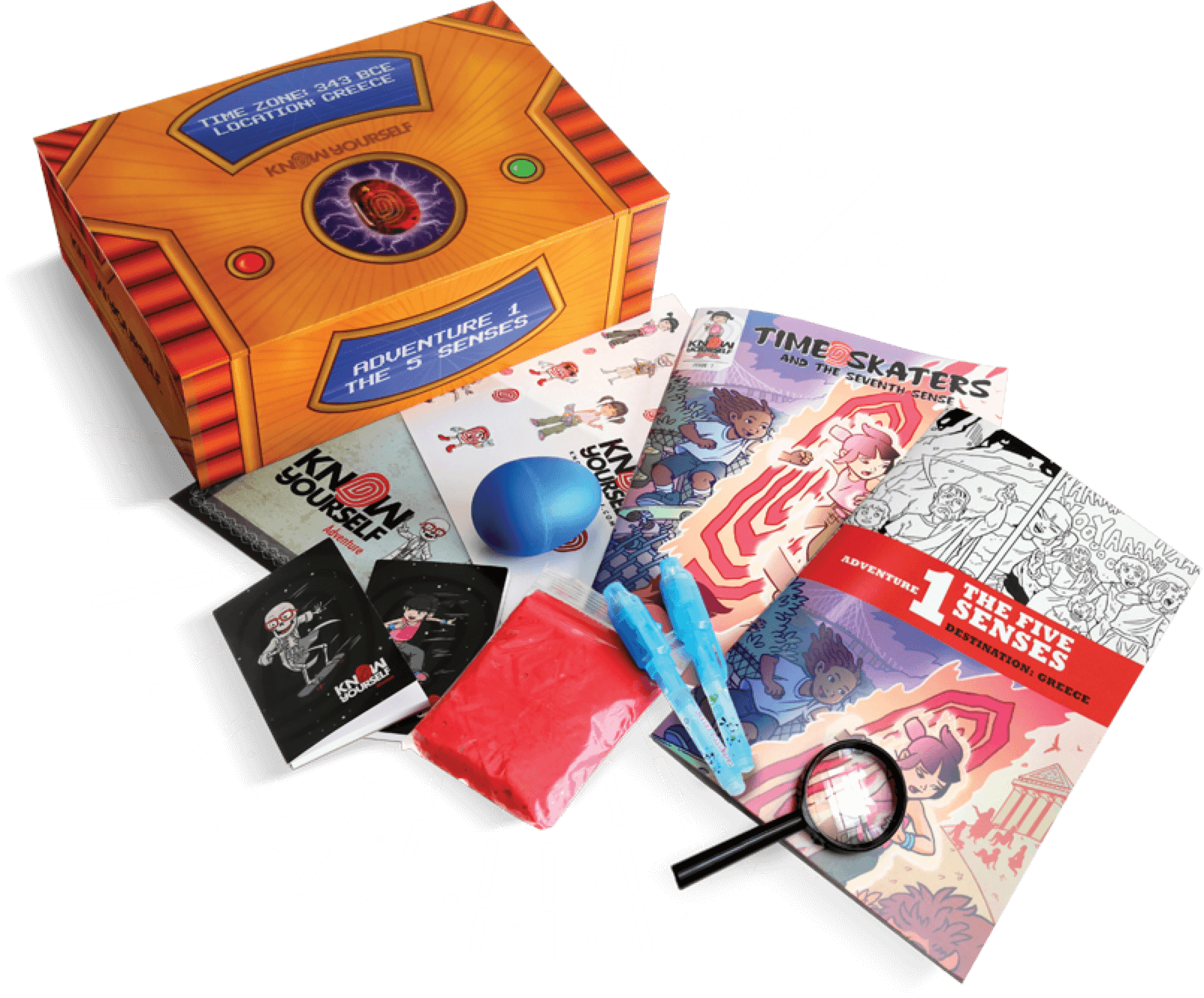Home » E-commerce Packaging for Small Businesses: Delivering Excellence from the Start
E-commerce Packaging for Small Businesses: Delivering Excellence from the Start

In the rapidly evolving world of online retail, small businesses are finding their niche and flourishing. With e-commerce becoming a powerful avenue for growth, the significance of packaging cannot be overstated. Your packaging is not just a means to deliver products; it’s an opportunity to create memorable experiences and establish your brand identity. In this comprehensive guide, we’ll delve into the art and science of e-commerce packaging for small businesses, helping you navigate the process to ensure customer satisfaction, brand recognition, and sustainable success.
Why E-commerce Packaging Matters for Small Businesses
E-commerce packaging isn’t just about enclosing products for shipment; it’s your first interaction with customers. It sets the tone for what’s inside and how your brand is perceived. For small businesses, packaging plays a pivotal role in:
- Brand Identity: Your packaging is a canvas to showcase your brand personality and values. Thoughtful design and branding elements create an unforgettable impression.
- Customer Experience: E-commerce packaging can elevate the unboxing experience. Anticipation, excitement, and surprise are emotions that can turn one-time buyers into loyal customers.
- Differentiation: In a crowded marketplace, distinctive packaging can help you stand out from competitors and pique interest.
- Protection: Ensuring products arrive in perfect condition builds trust and reduces returns. Choosing the right packaging materials and designs is crucial.
- Sustainability: Consumers today value eco-friendly practices. Opting for sustainable packaging not only aligns with values but also appeals to environmentally conscious customers.

Key Elements of Effective E-commerce Packaging
- Right Materials: Choosing the right packaging materials ensures products are protected during transit. Consider factors like fragility, weight, and environmental impact.
- Branding: Packaging is an extension of your brand. Use consistent colors, logos, and messaging to create a recognizable brand presence.
- Customization: Tailor your packaging to your products. Boxes, envelopes, and inserts should be the right size to prevent excessive void space and unnecessary materials.
- Unboxing Experience: Surprise and delight customers with an engaging unboxing experience. Add personalized notes, samples, or QR codes for exclusive content.
- Sustainability: As sustainability gains importance, opt for recyclable, biodegradable, or reusable materials. Transparently communicate your eco-friendly choices to customers.
Designing Your E-commerce Packaging
- Simple Yet Striking: Keep designs clean and focused, aligning with your brand’s aesthetics. Bold typography, minimalist graphics, and high-quality images can create visual impact.
- Colors That Speak: Choose colors that resonate with your brand’s identity and evoke the right emotions in your customers. Consistency across your packaging and website enhances recognition.
- Practicality: While aesthetics matter, functionality is paramount. Ensure packaging is easy to assemble, seal, and open. Consider incorporating features like tear strips or resealable closures.
- Size Matters: Choose packaging sizes that minimize excess space and materials. It not only reduces shipping costs but also aligns with eco-friendly practices.

E-commerce Packaging Trends for Small Businesses
- Minimalist Design: Less is more. A clean, minimalist design creates a sense of sophistication and modernity.
- Personalization: Utilize customer data to create personalized packaging experiences. Add names, order details, or purchase history to foster a sense of connection.
- Sustainability Messaging: Communicate your commitment to sustainability on your packaging. Share your eco-friendly practices and encourage customers to recycle.
- Interactive Elements: Incorporate QR codes, augmented reality, or hidden messages to engage customers beyond the package.
- Functional Inserts: Include inserts that serve a purpose, such as assembly instructions, care guides, or QR codes for tutorials.
Choosing the Right Packaging Partner
For small businesses, partnering with a reliable packaging supplier can be a game-changer. Look for providers that offer customization options, eco-friendly materials, and scalability to grow with your business.
If you are interested in ecommerce packaging solutions, then partner with Brown Packaging today to get started.
RSC boxes are known for their efficiency and versatility, but their performance ultimately comes down to strength. Buyers often see numbers like ECT, BCT, and
In packaging, foam isn’t just about initial protection — it’s about maintaining performance over the entire shipping or storage cycle. Compression set and recovery characteristics
Pouches are a go-to for flexibility and convenience, but they can fail in critical ways—from poor seals to punctures and delamination—that hurt performance and brand
In the retail environment, the placement of Point of Purchase (POP) displays is just as critical as their design and content. Strategic positioning can significantly
Choosing the right foam density isn’t about “soft” versus “hard” — it’s about controlling shock transmission and matching the foam’s cushioning curve to the product’s
Moisture resistance and dimensional stability are critical performance factors for custom inserts, especially when products are shipped or stored in variable climates. Both foam and
Home » E-commerce Packaging for Small Businesses: Delivering Excellence from the Start

Ensuring that products arrive in perfect condition is a top priority for e-commerce businesses, as damaged items can lead to returns, bad reviews, and loss

Unboxing has become a core part of the e-commerce experience, especially during the holidays. Seasonal packaging creates anticipation, reinforces branding, and turns customer deliveries into

Subscription boxes experience a surge in demand during the holiday season as shoppers purchase gift memberships and curated kits. Packaging for these shipments must balance


